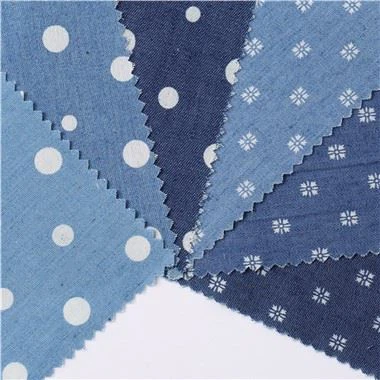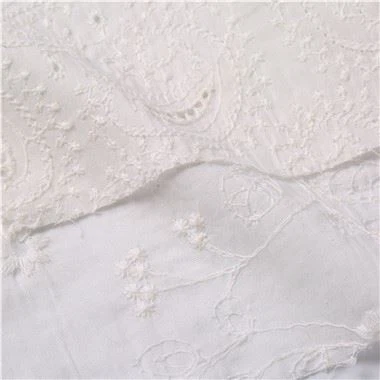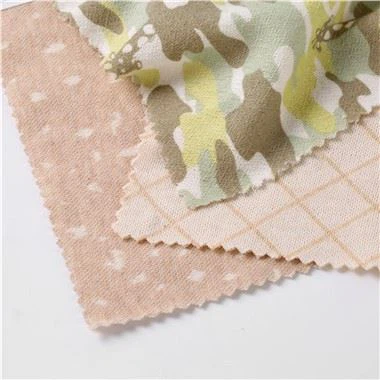What kind of sweater fabric does not pilling?
Nov 30, 2023
Sweaters are the most suitable item for autumn and winter, because they are casual and fashionable to wear. Autumn and winter are also the most suitable seasons for buying sweaters. When developing sweaters, we should not only pay attention to the style of the clothes, but also pay attention to the quality of the clothes.


Sweater fabric is a type of knitted fabric, and after being brushed, it is called a fleece. The gram weight is generally between 190gsm and 350gsm.
According to thickness, it can be divided into:
1. For fabric weighing below 250g,it is called small sweater in the market, and some people call single sweater, because it is woven by a single yarn, so it is relatively thin in this variety.
2. For fabric weighing over 280g, it is called large sweater in the market, and some people also call double sweater, because it is woven by two or three yarns, so this type of fabric is relatively thick. The circle of large sweater is obviously larger, so it is also known as a terry cloth.
According composition,it can be divided into:
1. 100% cotton
2. CVC (cotton polyester, containing over 60% cotton)
3. TC/AB (containing about 30% cotton)
4. 100% polyester
If it is made of the above four ingredients, then these sweaters have no elasticity. Elastic sweater is made with spandex, which is basically added to all cotton, CVC, TC/AB, and polyester fabrics. After adding spandex, the sweatshirt fabric has elasticity, which generally accounts for 5% of the entire fabric.
Why do sweaters pilling?
Sweater pilling is a frustrating problem, after all, when clothes are pilled, they appear very cheap and out of class, and wearing it on the body can also lead to a bad mood. Believe me, we have encountered this situation ourselves in our daily life. Why do clothes pilling?
There are three main reasons for fabric pilling:
1. Fabric characteristics pilling.
The difficulty of pilling varies among different fabrics, and fiber properties have a significant impact on fabric pilling. Fiber length, fineness, morphology, and surface properties also have a significant impact on fabric pilling. In contrast, fine fibers are more prone to pilling than coarse fibers, while blended fibers are more prone to pilling than other fibers.
2. Friction electrostatic pilling.
Some chemical fibers have poor moisture absorption and are prone to generate static electricity during drying and continuous friction. Static electricity causes the surface hairiness of their short fiber fabrics to stand upright, creating conditions for pilling and pilling. For example, the static electricity of polyester is easy to adsorb foreign particles and produce pilling.
3. Improper washing and pilling.
Long washing time can easily cause fabric fiber damage, resulting in fiber breakage and increasing the possibility of pilling; Excessive washing temperature (suitable temperature of 20-45 degrees), incorrect detergent (recommended use of neutral detergent), etc. may cause pilling.
The necessary condition for pilling is that the fibers must have sufficient strength to support pilling, such as cotton and fine wool that break off and fall off during the pilling stage, and there is little chance of pilling. Chemical fibers are different, polyester or acrylic fibers are very stubborn, first pilling, then pilling. The pilling of clothes is influenced by the characteristics of the fabric and cannot be avoided, but the degree can be controlled. Fine fibers are more prone to pilling than coarse fibers, while blended fibers are more prone to pilling than other fibers. For example, clothes made of synthetic or cotton fibers are more prone to pilling than clothes made of pure cotton.
Solution:
The fundamental solution is to choose fabric that is not prone to pilling, such as natural fiber fabrics such as pure cotton, silk, cashmere, etc., when purchasing sweater fabrics. Pure natural wool is the best, but it will be more expensive, with higher warmth and softness.
Pure cotton sweaters have a better feel and texture, making them comfortable to wear, very soft, and also very sweat absorbing.







